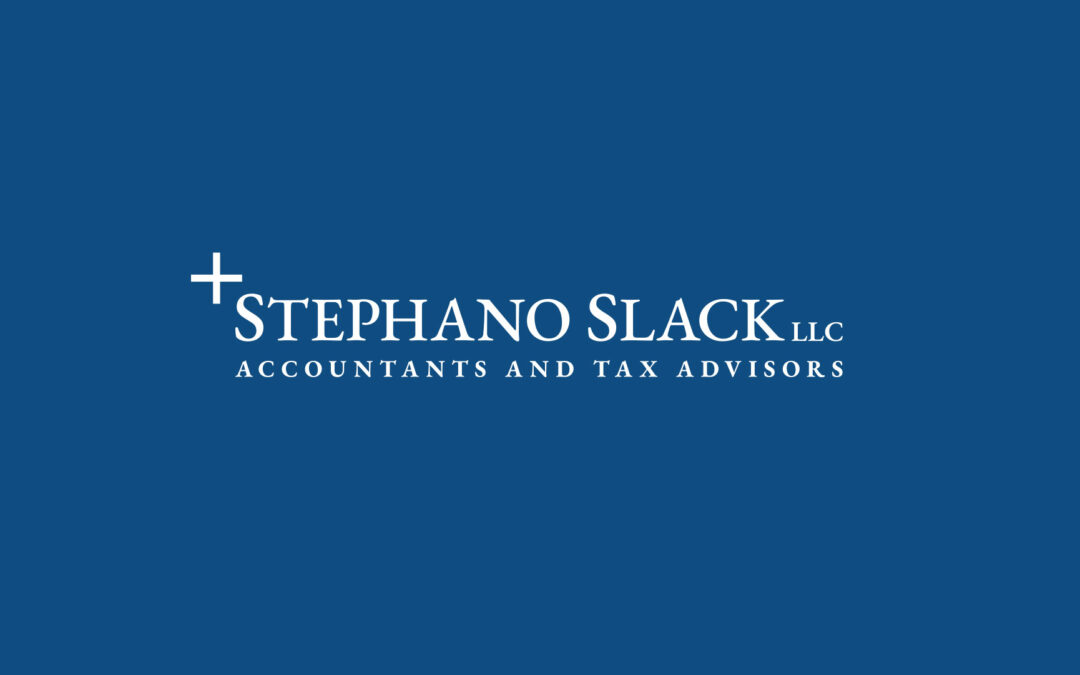As we are in the heart of the 401k auditing season, it is important for companies to reevaluate their need for employee benefit plans. While there is a requirement for the amount of eligible employees for an employee benefit plan, there are variations for how these plans are constructed. One variation of an employee benefit plan is the MEP. An MEP is a retirement benefit plan that is implemented by two or more employers which are unrelated parties for the aspect of income tax. An MEP may either be a defined benefit pension plan or a defined contribution requirement plan.
The Employee Retirement Income Security Act of 1974 (commonly referred to as ERISA) states that there must be at least 120 eligible employees in a benefit plan for it to be required to be audited. Since an MEP is a combination of two parties, it presents an interesting variation to the normal 401k audit. MEPs allow smaller companies who are not normally able to offer benefit plans to their employees to circumvent this requirement. There are multiple benefits of two or more employers combining to make one plan such as providing economies of scale, minimizing the responsibility of the fiduciary, and streamlining the process of following the strict reporting and disclosure requirements.
An additional benefit of an MEP is the ability to structure the plan so that it is sponsored by a Professional Employer Organization (PEO). Under a PEO, the employer is allowed to outsource the employee management responsibilities such as employee benefits, payroll, workers’ compensation, recruiting, training and development, and risk management. With the benefits provided by a PEO, an MEP becomes an even more economical solution for small employers to offer more significant benefits to their employees in an efficient manner.
In February of 2019, the Department of Labor proposed a new rule “Definition of ‘Employer’ under section 3(5) of ERISA-Association Retirement Plans and Other Multiple-Employer Plans”. This new rule redefines a group of employers as a “single employer” as an Association Retirement Plan (ARP) which is a form of MEP. The requirement for participants is for employees or self-employed business owners who work at least 20 hours per week or can afford to pay into the cost of association health insurance. With this new law in place, many smaller companies may look to adopt an MEP to receive the many benefits available in a defined benefit plan.
Andrew Willits
610-687-1600



Recent Comments